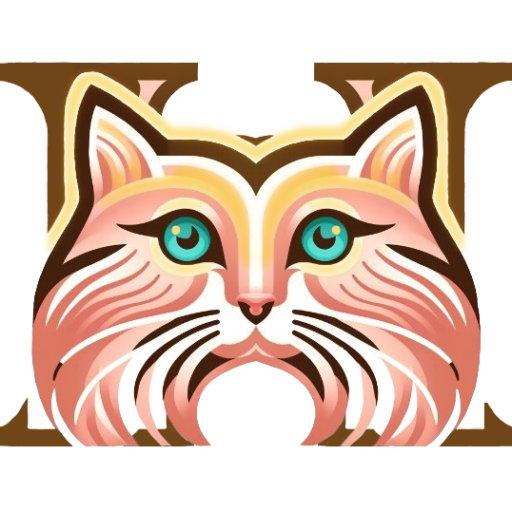Explore TTRPG Game Design, Narrative & Psychology Join our comprehensive community on Facebook! There, we hope to foster vibrant discussions across diverse project disciplines, catering to individuals in exceptionally niche areas. Our mission? To celebrate the fusion of various fields, from narrative construction and character psychology to world-building and TTRPG/game design. 🌟📚🎮 Key Objectives: 1. […]
The blog follows a rigorous process of content review and updating to ensure its relevance and accuracy. Incorporating psychological frameworks and AI tools, though unprofessional, enhance storytelling and content creation, respectively. Notwithstanding, these tools don’t replace professional evaluations. Future plans include strengthened data privacy and improved ethical standards to foster a more ethical platform; reader feedback is encouraged.
Important note! You’ll want to keep in mind that there are a lot of concepts here. They are mostly just that: Concepts. I’m an idea person not necessarily an implementer. Introduction of ConceptAs Yuri, I’ve embarked on creating H-CAT—Holistic Character Assessment Toolkit—to fundamentally transform the way characters are developed, stories are told, and worlds are […]
Welcome! I’m excited to show you a new way to create characters that combines storytelling with game rules. This system is modular, meaning it’s made of parts that can be mixed and matched. It turns complex story ideas into simple numbers that help writers and game designers make deeper and more consistent characters. Here’s how […]
I bought my first DnD Player Handbook and started drafting this system for role-playing games or narrative writing. I used my proficiency calculator to slowly test it out. I’ve barely got into the first chapter but it’s already helping. I can’t wait to see what happens when I actually finish reading the handbook. I’d also […]
I’ve put together this checklist and some other resources to help improve my Facebook posts. Facebook posts favor engagement and brevity. While this checklist isn’t brief I think it can at least be valuable for myself. I’ve tried to follow the guidelines of the checklist while creating it. Practicing what I preach, you could say! […]
Shaw Menthril a supporting character.
For H-CAT, I see the Enneagram as five core elements: motivations, fears, desires, strengths, and weaknesses. To me, the specific types are secondary. It’s more about organizing the dominance of various general “motivations, etc.” and tailoring each to the character. I use these as flexible guidelines, not strict rules. They are meant to be broken […]
This form serves as a detailed guide for developing character communication styles, focusing on ten key aspects such as vocabulary, emotional expression, and adaptability. Each section prompts considerations on how a character’s communication style reflects their background, emotions, and social interactions, aiding writers in crafting nuanced and consistent character portrayals. 1. Vocabulary Typical Phrases or […]
Eye Color Eye color is selected to fit the context of the story’s world, with consideration for its rarity or commonality in society. Hair Color Hair color is chosen based on the story’s setting and cultural norms, reflecting the character’s uniqueness or conformity in society. Hair Length This indicates the character’s personality, lifestyle, and societal […]
Character Name This involves choosing a name that reflects the character’s cultural background or has a special meaning, influencing how others perceive and interact with them. Race This feature describes the character’s race or species, which is integral to the story’s world. It affects the character’s interactions and experiences in society. Age Age plays a […]
